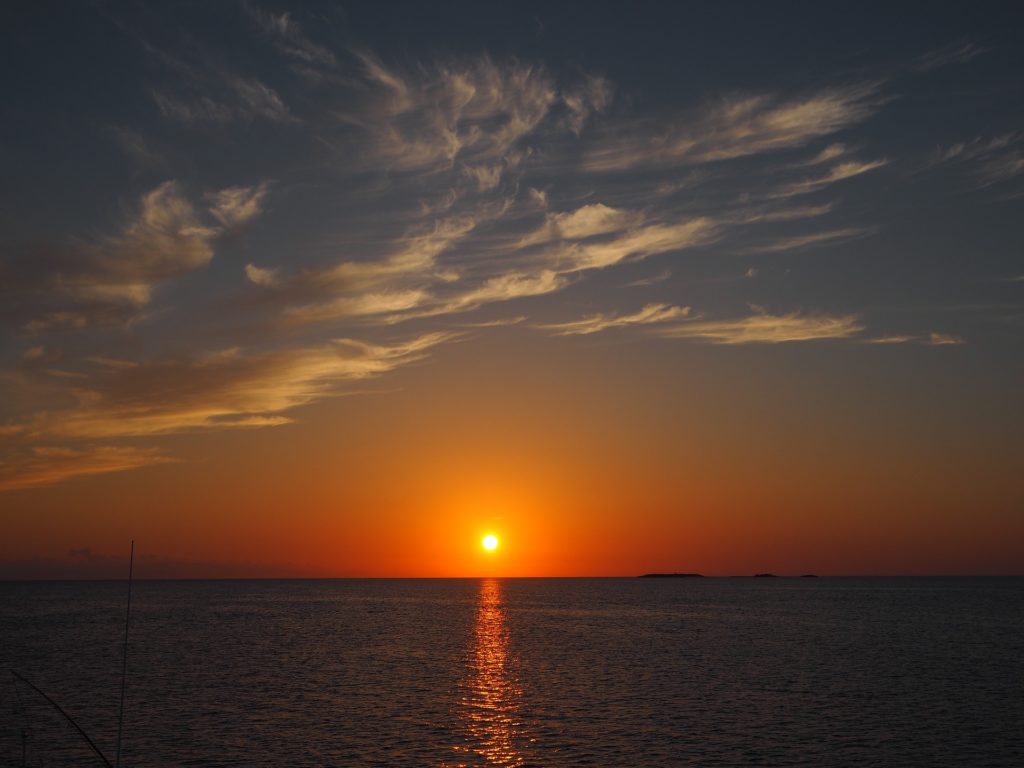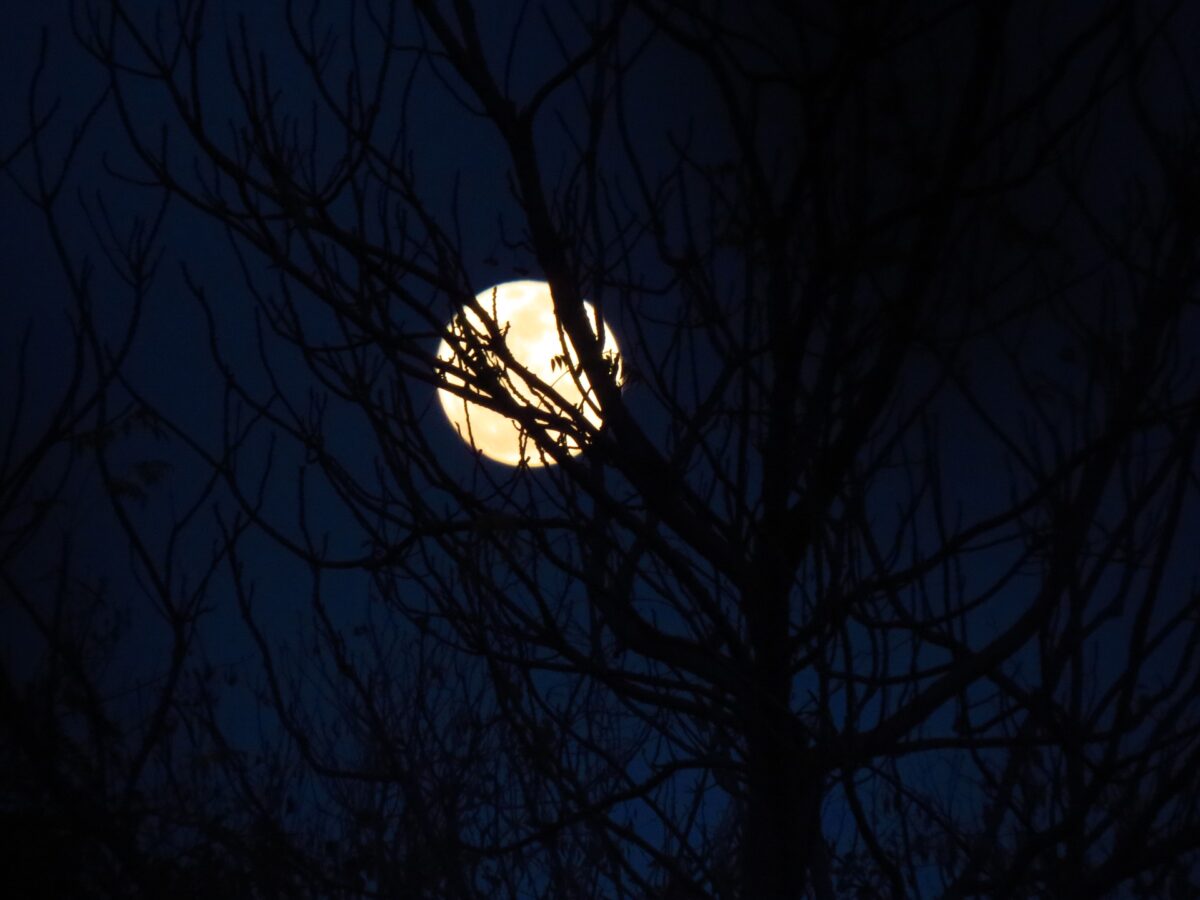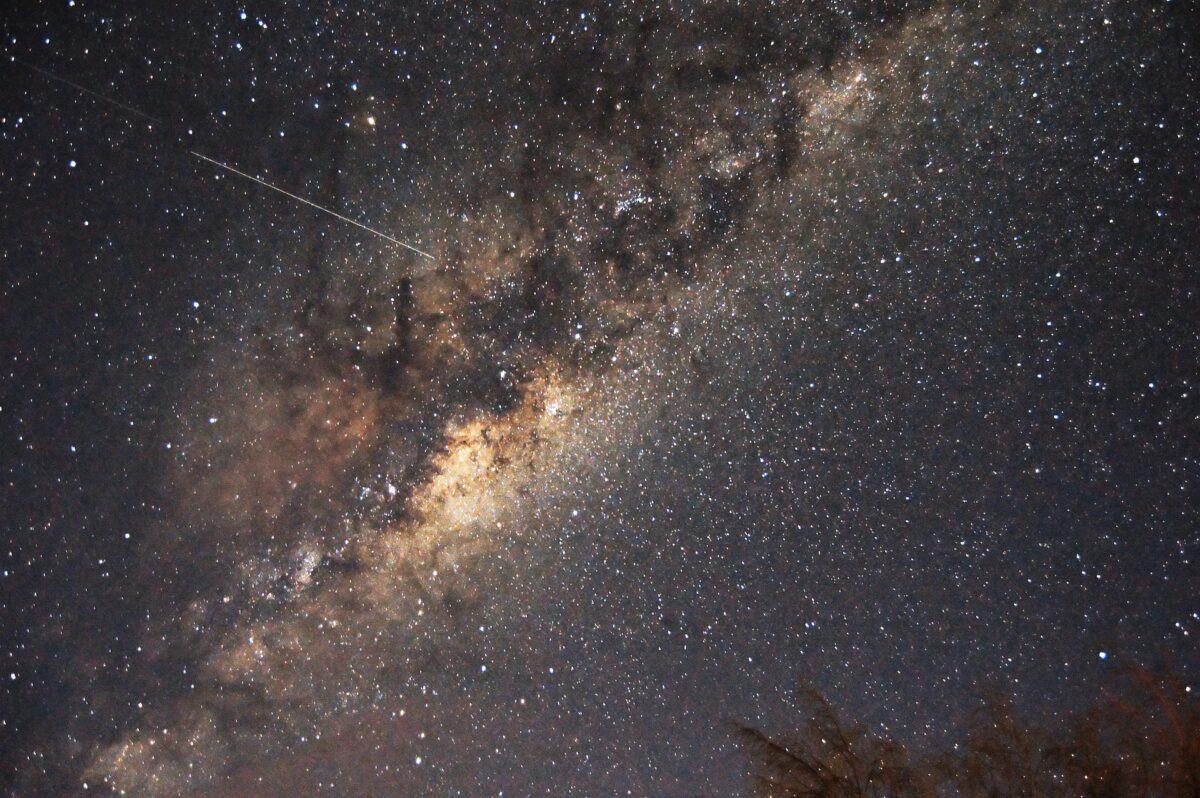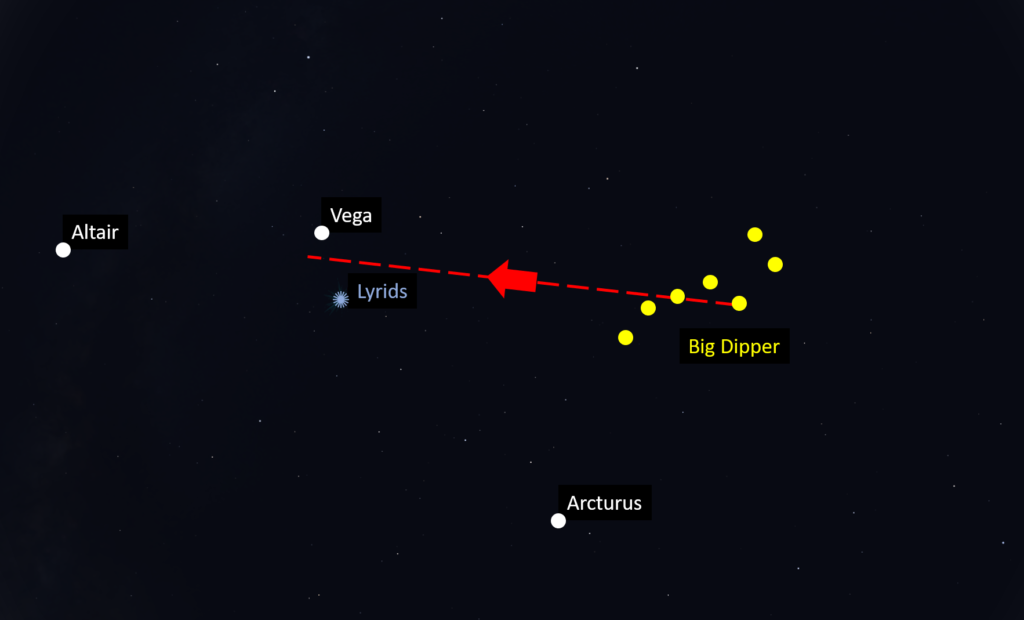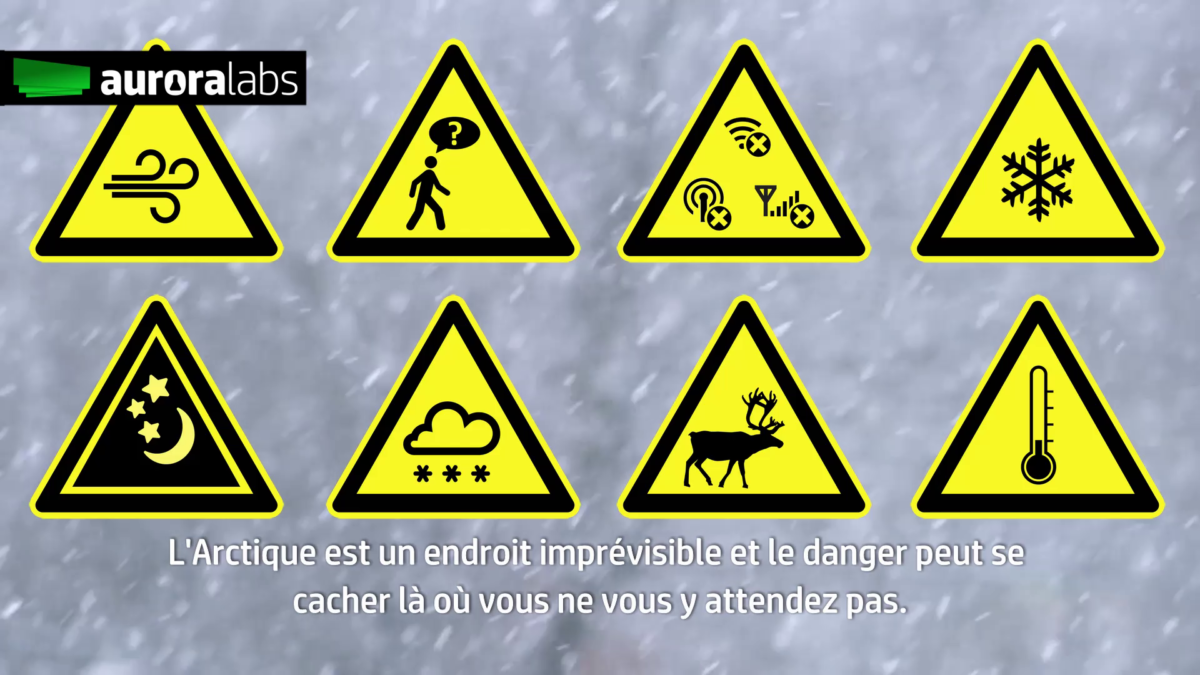Regions way above the Polar Circle, in the High Arctic, have already started to experience the polar day. Other Arctic regions are going to experience the phenomenon in the coming days. In Vadsø, the polar day already started on May 17 this year, and the Midnight Sun has been visible since, as well.
But what is the polar day?
Earth carries out two types of rotations: one around the Sun, during the course of a year, and the second around its own axis, during 24 hours. At the same time, Earth is inclined in respect with the Sun, at an angle of approximately 23°, and remains tilted at this angle during the whole year.
This means that the Earth is illuminated by the Sun differently during one year. At and around the summer solstice (sometime around 22nd June each year), Earth is inclined in such a way that the North Pole and the region around the North Pole, points towards the Sun, thus it is illuminated more and longer.
Just take a look at the first part of this video from the California Academy of Sciences, and see how Earth is illuminated by the Sun during a whole year.
You can see that the length of the polar day varies in function of latitude: closer you are to the North Pole, longer the polar day is. At the exact location of the North Pole, the polar day lasts no less than 6 months! At lower latitudes, but still above the Arctic Circle, the Sun never sets for a shorter period. The shortest polar day occurs on regions exactly on the Polar Circle (at 66°N), where the Sun never sets for only 1 day, which is exactly the day of the Summer Solstice!
The Midnight Sun
The Midnight Sun is a wonderphul phenomenon. It is what makes the sky bright at “night time” during the polar day, just like the Northern Lights brighten the sky during the dark period. It is a typical Arctic (and Antarctic) phenomenon, which occurs only during the polar day.
As the name suggests, here in the Arctic, the sun is visible in the sky at midnight, as well as the whole night and day, and it never sets below the horizon during this period. In Vadsø, the Midnight Sun will be visible this year until July 26.
And did you know that Aurora Labs has a special activity dedicated to discovering the midnight sun differently? Check it out here!
Regions below the polar circle experience a normal day/night cycle, which varies also in length, in function of the exact latitude.
And, by the way, the opposite of the polar day is the magnificent polar night! Have you ever experienced one or the other?
